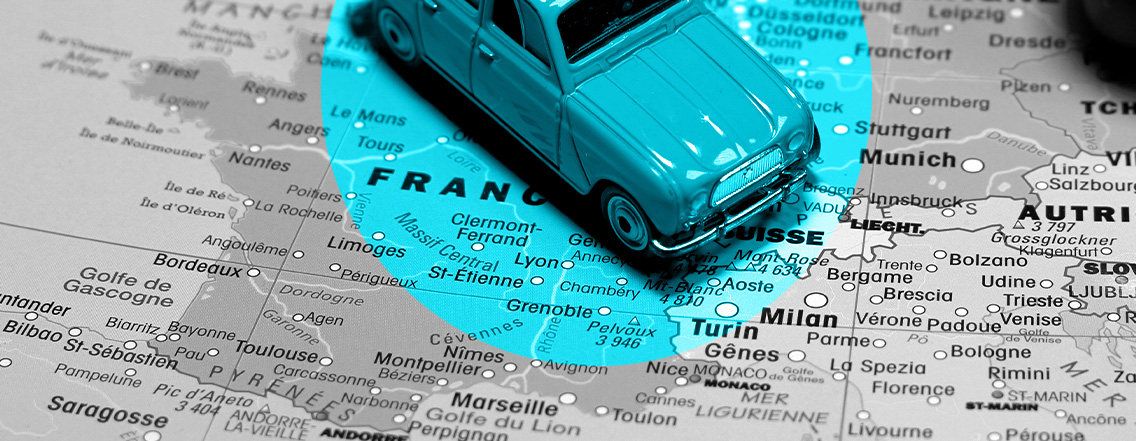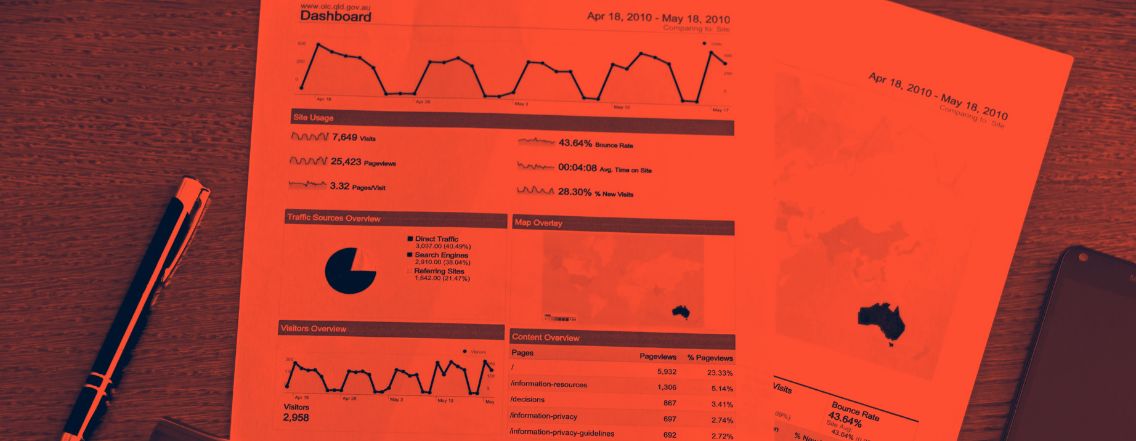Would you like to maximise the efficiency of your transactions by switching to SEPA Direct Debit and find out which countries are in the eurozone?
This is the article for you, because the increasingly globalised world at both European and international level makes it essential to understand these key concepts relating to the eurozone and SEPA.
What do they both have in common and what are the differences? Which countries are in the eurozone and which are in SEPA?
These two key concepts play a crucial role in simplifying payment processes in the eurozone and Europe, and can have a significant impact on your financial transactions in euros or other currencies.
In this article, we look at the specifics of the eurozone and then the SEPA area, with a focus on the Member States.
Eurozone countries: specifics and Member States
Created in 1999, the eurozone is made up of the Member States of the European Union (EU) that have adopted the euro as their national currency.
As a reminder, the European Union is both a political and an economic union, and has led to the first steps towards European sovereignty for all Member States.
What is the main goal of the eurozone?
Promote economic stability and facilitate trade throughout the European Union by proposing a common currency, the euro.
In terms of its impact on companies, the eurozone makes it possible to:
- Avoid exchange rates because payments in national currencies are replaced with a single currency: the euro
- Reduce the cost of banking transactions by means of a single monetary union
- Extend financial operations to a wider area, quickly and easily
The eurozone is made up of the following countries:
- The 11 founding countries: Austria, Belgium, Finland, France, Germany, Ireland, Italy, Luxembourg, Netherlands, Portugal, Spain
- Countries that joined the zone more recently in the 2000s, in order of arrival: Greece, Slovenia, Cyprus, Malta, Slovakia, Estonia, Latvia, Lithuania and, more recently, Croatia
In all, 20 countries in which cross-border trade is facilitated at reduced cost, making the eurozone the second largest in terms of GDP among world economic groupings.
But that’s without taking the SEPA area into account, which makes it even easier to trade within the SEPA countries, whether in euros or another currency.
SEPA: Centralisation of financial Europe beyond the eurozone
SEPA, the Single Euro Payments Area, is a European Union initiative aimed at creating a single market for euro payments.
Going beyond the single currency in the eurozone, the SEPA area currently encompasses 36 countries.
These countries include the 20 members of the eurozone, as well as other European countries in the geographical sense of the term, whether or not they use the euro.
Launched in 2008, the SEPA area has enabled Member States to benefit from preferential conditions for trade between countries.
Its main goal was to modify cross-border payments to make them as simple as national payments, by eliminating the barriers of different payment systems and standards in the member countries.
In terms of significant benefits, the following are worth noting:
- Efficiency: SEPA payments are processed quickly, usually within one working day, which can significantly improve your company’s cash flow management,
- Reduced costs: SEPA payments are less expensive than traditional cross-border payments (and often free),
- Standardisation of payment flows: with SEPA, a single standard is now in force, simplifying payment processes,
- Accessibility: as a company, you can take payments from any member country of the SEPA area
So it should be noted that there is a real difference between the “eurozone” and the “SEPA area”.
Which countries are in SEPA?
In terms of countries, as mentioned above, the SEPA area comprises the 20 countries in the eurozone that use the euro as their single currency:
- Germany,
- France,
- Italy and Vatican City
- Spain,
- Netherlands,
- Belgium,
- Austria,
- Portugal,
- Greece,
- Ireland,
- Luxembourg,
- Finland,
- Slovenia,
- Slovakia,
- Estonia,
- Latvia,
- Lithuania,
- Cyprus,
- Malta,
- Croatia
In addition to these countries:
- Monaco, which uses the euro as its currency but is not a member of the European Union,
- European Union countries where the euro is not the national currency: Denmark, Sweden, Bulgaria, Hungary, Poland, Czechia, Romania, Gibraltar,
- The United Kingdom, which left the European Union after Brexit and has its own currency,
- The member states of the European Economic Area (EEA): Norway, Liechtenstein and Iceland,
- as well as Switzerland, Andorra and San Marino
What are the challenges and prospects for the future?
Having experienced ups and downs since its creation, the eurozone has succeeded in maintaining monetary stability in Europe for the countries that have joined it, albeit with significant challenges.
SEPA has played a full part in this, as it has helped to promote greater convergence between eurozone countries and other countries that have adopted this standard to facilitate cross-border transactions.Simplifying payments in the future by promoting a collaborative economy and globalising the countries affected remains a key challenge for all players in the payments value chain, particularly by taking advantage of the opportunities offered by the implementation of SEPA.
Read also :
→ How can you set up a monthly direct debit for your customers’ payments ?
→ How to create a payment schedule ?
→ Bank reconciliation: How can you collect and reconcile your recurring payments ?
→ SEPA Direct Debit mandate vs. direct debit by payment card: which is the best solution for your transactions ?
→ B2B mandate and the B2B SEPA Direct Debit: benefits, use cases and implementation




